A series of alarming trends are converging in the world of civil wars.
Since the early 2000s, the number of civil wars around the world has significantly increased. There are now more civil wars than at any time since 1999. The average number of armed factions fighting these wars has also grown. In 1950, the average number was 8; in 2010, it was 14. The current wave of civil wars also tends to include more external involvement such as Russia and Iran’s extensive intervention in the Syrian civil war. Finally, more civilians are being killed in these wars than in the past.
No explanation has yet been offered for why civil wars are becoming more frequent, bloody, fractious, and internationalized. In a new paper “The New New Civil Wars”, I argue that these changes are due in part to the advent of the Web 2.0 in the early 2000s. Today’s civil wars are the first to be fought in an era of global, instantaneous communication, and this is the reason they are changing.
There are 5 big ways the internet is likely to transform civil wars:
1. A Greater Number of Civil Wars: The internet has made it easier for individual citizens to organize protests, and harder for authorities to stop them. It has also made it easier for rebel entrepreneurs to mobilize armed factions. Rebel entrepreneurs used to have to rely on local support to get their movement off the ground. Now any individual with an internet connection can begin to recruit internationally, and tap into individual donors around the globe.
2. More Armed Factions Fighting These Wars: The internet has also made it easier for warring factions to sustain themselves over time since there is a greater variety of financing that they can access and tap. This means that rebel groups can survive longer than in the past, with less need to cooperate with each other over time. The result would be a greater number of independent rebel groups competing with each other throughout the war.
3. More External Involvement in these Wars: The internet has created incentives for warring factions to frame their struggle in global terms in order to attract the widest audience of supporters. This creates greater opportunities for outside states to become involved in the war to try to influence the outcome.
4. Longer Civil Wars: Studies by Cunningham, Balch-Lindsay & Enterline, and Regan have all revealed that more warring parties means longer civil wars. This means that as the number of armed factions increases due to the increased ease of mobilization (#2), and as the number of external actors increases as a result of global campaigns (#3), the duration of civil wars should also increase.
5. More Civilians Being Killed: Finally, because the internet allows rebel factions to shift their focus from a domestic audience to an international one, it untethers them from the local population. Studies have found that rebel groups that rely heavily on the local population are less likely to engage in human rights abuses. By freeing combatants from the need to solicit local support, the internet may be freeing them to engage in more civilian abuse.
The current civil wars in Syria, Iraq, Yemen, Libya, Chad, Nigeria, Somalia, and the Central African Republic (to name a few) are exhibiting all of the characteristics of internet-era conflicts. All of these wars broke out post-2003. All of them are being fought by multiple armed factions (on both the government and rebel sides). All of them include extensive involvement by outside states. All of them have resisted negotiated settlement and appear likely to last a long time. All are distinctive for their brutality toward civilians.
We do not know for sure if our new ICT world is the source of these new trends; empirical studies have yet to be done to confirm or refute this. But from what we know about the internet, we can ascertain the effect it is likely to have. Everything we are currently seeing in these “new new” wars suggests that the internet is likely to be far more transformative than any of us had imagined.


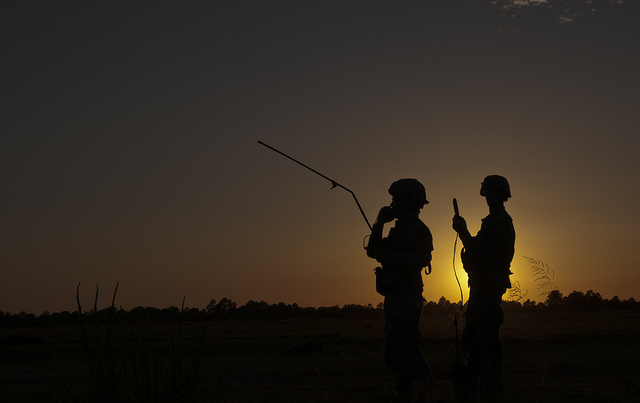
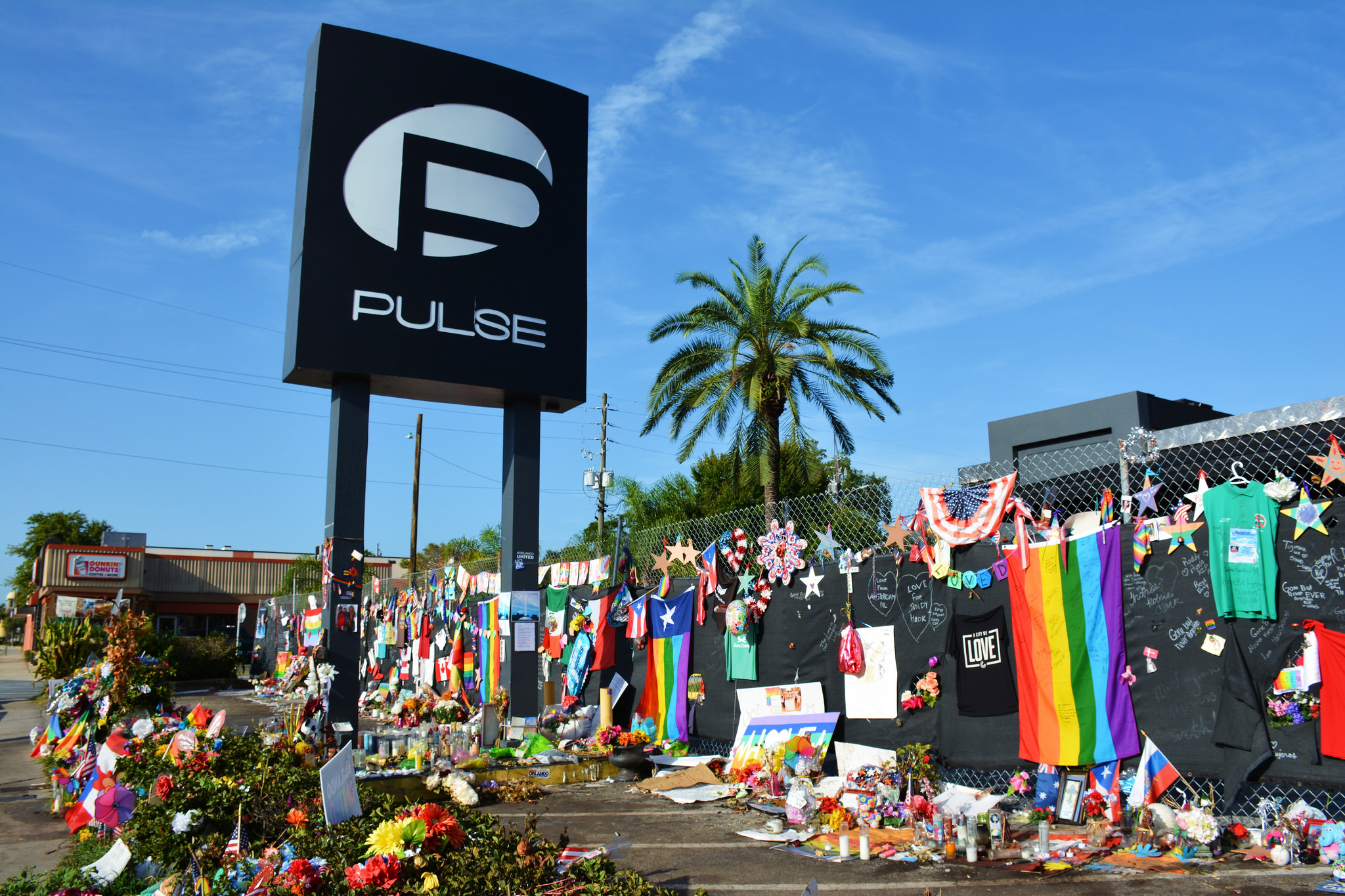
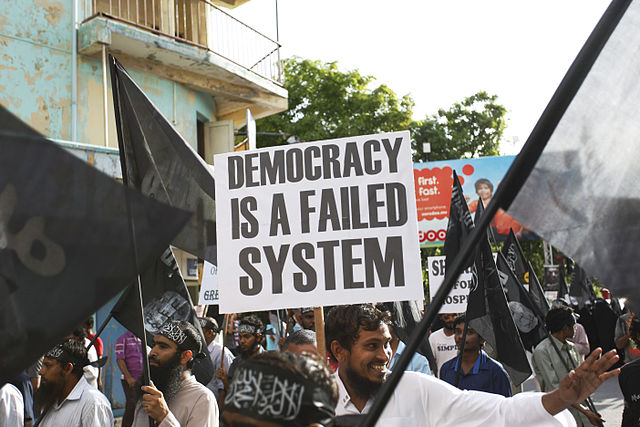

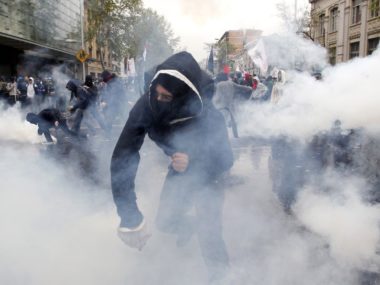
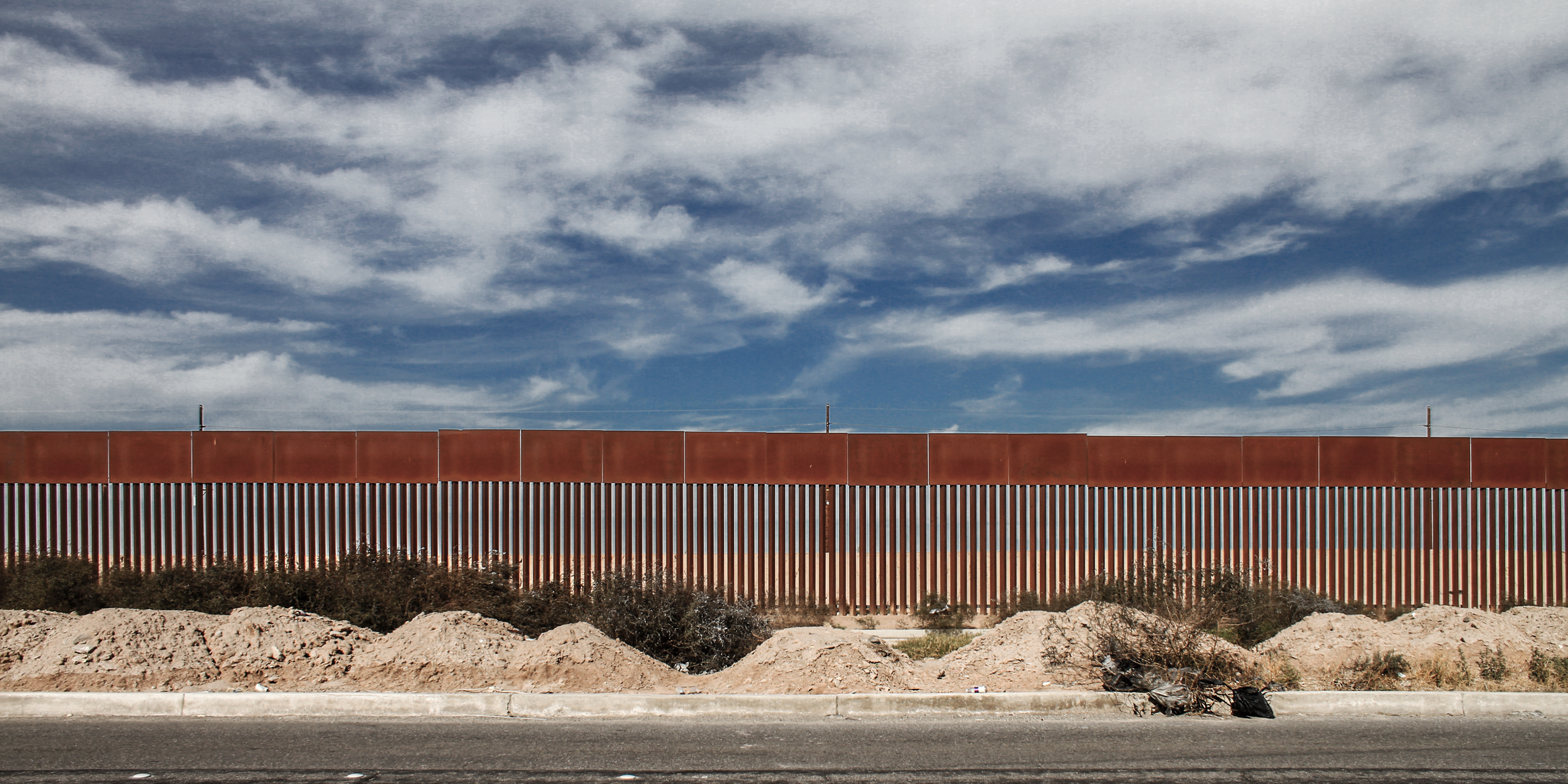
2 comments